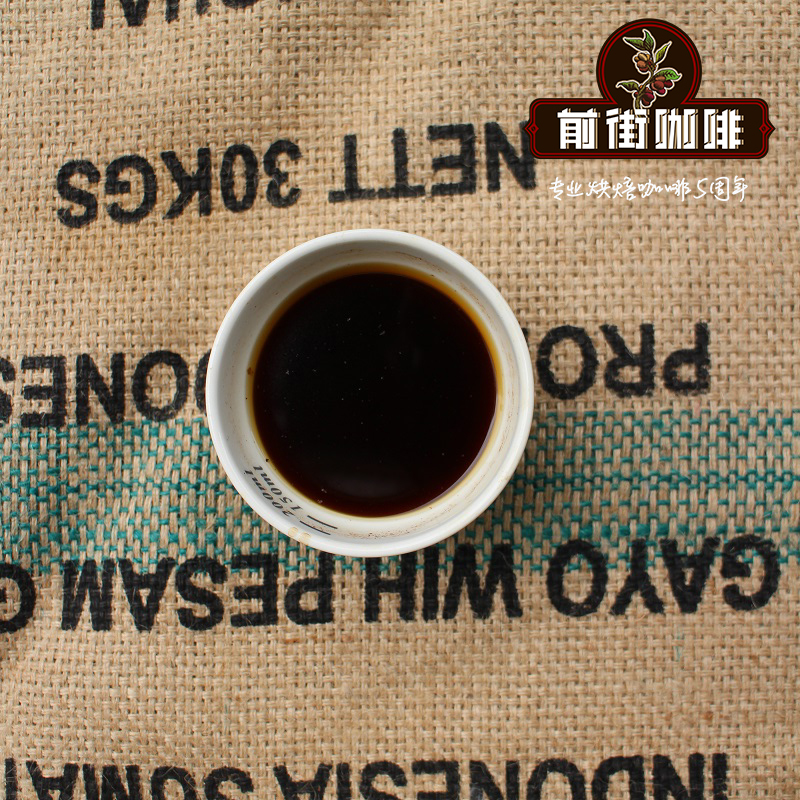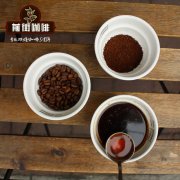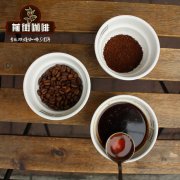The difference between sun-cured coffee and half-sun coffee what's the taste of sun-cured coffee?

Professional coffee knowledge exchange more coffee bean information please follow the coffee workshop (Wechat official account cafe_style)
In recent years, individual coffee has become increasingly popular, and more and more people will make their own coffee at home, and when choosing and buying coffee beans, they always see confusing terms such as washing, tanning, honey treatment and so on on the package. what are these different treatment methods all about? What kind of effect do they have on the flavor of coffee?
First, let's introduce what is "coffee cherry". Coffee beans are the seeds inside the coffee fruit. Coffee trees produce coffee fruit, which turns bright red when ripe, and is also called "coffee cherry" because it looks like a cherry.
Coffee cherries need to be processed to remove the external structure, including exocarp, pulp, pectin, endocarp and silver peel. After all these are shaved, the inside is the fruit in the shape of our common coffee beans. Therefore, the real coffee bean packaging seen on the sun, washing, honey treatment, is how to remove the peel, pulp, pectin and other different ways to get the name. So the question is, who decides what kind of processing to use to deal with beans? There may be more than one factor to consider, but the most cost-effective treatment method is most often determined by the natural conditions of the producing area (such as easy access to water resources and adequate sunlight). (of course, some manors may adjust their treatment according to the demand of flavor when they have sufficient resources and have a choice.)
Natural-the oldest way to deal with it
It is widely used in sunny, less water-rich and less affluent areas (such as Ethiopia). The sun drying method makes the coffee fruit dry naturally, and the coffee beans can be ripened naturally inside the fruit. Therefore, the coffee beans treated by the sun will enlarge their own flavor, mellow, strong flavor, sweet and sour unrestrained.
Remove floating beans
In order to remove the immature inferior beans, the coffee beans will be poured into a large tank, the ripe and full fruits will sink to the bottom of the water, and the bad ones will surface, and the floating beans on the surface will be removed.
Sun drying
Spread the coffee fruit evenly in the exposure field, turn it several times a day, and cover it at night to avoid dampness. This process usually lasts about 3 weeks (depending on the local climate), and the sun drying step is completed when the water content inside the coffee beans drops to 14%.
Remove the shell
After the exposure, the outer layer of the coffee seed has been dry and hard, and then use a sheller to remove the shell.
Advantages: in addition to the steps of removing floating beans, the sunburn method does not need to use water, and a bucket of water can be reused at a low cost.
Disadvantages: because coffee beans must be placed outside, there are often many impurities such as withered branches and leaves mixed with them. And it is the use of the energy of the sun, the degree of drying of coffee beans is not easy to control, resulting in coffee fruit will be "too much", so that coffee beans are damaged. In addition, the whole fruit is exposed to the sun, so it is often moldy and rotten.
Honey treatment (Honey Process)-the most ramming treatment
Honey treatment method, also known as half-sun method (semi-natural), is an improved type of sun method. The flavor of honey treatment will be affected more finely and deeply because of the residual sugar in the pectin layer. The more residual in the pectin layer, the stronger the flavor.
Remove floating beans (same sun method)
Pour the coffee beans into a large tank, the underdeveloped inferior beans will surface, and the ripe and full fruits will sink to the bottom of the water. At this time, the floating beans on the surface will be removed, that is, the steps of removing floating beans will be completed.
Remove the peel and pulp
Through the pulp screening machine (pulping machine), the exocarp and pulp of coffee fruit are removed. It leaves pectin, endocarp and silver peel.
Unlike the washing method, coffee farmers can choose the amount of pectin layer retained, which is also divided into yellow honey, red honey and black honey treatment.
Yellow honey-(retains 30% of the pectin layer) in order to complete the sun more quickly, it must be carried out in the least shaded environment (clouds, shade trees) to get a yellow appearance.
Red honey-(retaining 60% of the pectin layer of 50m / m) takes a long time and requires some manual shielding to reduce the exposure intensity and prolong the exposure time.
Black dense-(retaining 80% of the pectin layer of 70 Mel) takes the longest time and is usually covered artificially to reduce the exposure intensity and extend the exposure time.
There are also two kinds of white honey (10Mel 15%) and Jinmi (90Mel 100%). The more pectin is retained, the sweetness will be enhanced and the taste will be thicker. However, due to the need for sun drying, the coffee beans with pectin will be directly exposed in the exposure field, so that the water content will be reduced to 10murmur14%.
Remove pectin and endocarp
With a special machine, remove pectin and endocarp, that is, complete the treatment steps.
Advantages: since the pulp is removed in the first place, there is no mildew problem. It does not need to consume a lot of water, and the cost is low.
Disadvantages: processing steps can be said to be the most complex and labor-intensive of all ways.
The front street hand flushing and cooking suggestions:
Fuji 3.5 V60 filter cup 89 ℃ water temperature 1:15, total time two minutes.
Important Notice :
前街咖啡 FrontStreet Coffee has moved to new addredd:
FrontStreet Coffee Address: 315,Donghua East Road,GuangZhou
Tel:020 38364473
- Prev

Do you know Brazilian coffee beans? what is Brazilian half-sun? Introduction to the characteristics of Brazilian coffee beans
Professional coffee knowledge exchange more coffee bean information please follow the coffee workshop (Wechat official account cafe_style) recognize Brazilian coffee Central and South America is the world's largest coffee producing region, of which Brazil is the world's largest coffee producing country, while Brazilian coffee is dominated by bourbon, bourbon variants Kaddura, New World and Kaddura. With the sharp rise in prices in recent years, coffee fields have been replanted with corn.
- Next

The difference between washing coffee beans and insolation why coffee beans are more rich in sun flavor?
Professional coffee knowledge exchange more coffee bean information please pay attention to the coffee workshop (Wechat official account cafe_style) Why the beans in the sun are more rich, the water is cleaner and sour? What kind of flavor will coffee beans have? in fact, we can see from the way coffee beans are treated. First of all, we should clarify an idea: treatment process = fermentation process coffee.
Related
- What is the meaning of lactic acid fermentation with coffee bean treatment?
- How to judge the state of foam by sound?
- How does the latte pull out the unicorn pattern? Come to get for a little trick to improve the flower pull!
- Will flower pulling affect the taste of the latte?
- Do you know the history of coffee?
- The difference between honey treatment and sun washing what is raisin honey treatment?
- What kind of milk can a novice use to make coffee foam to keep the foam longer? The correct method and skills of milking tutorial sharing
- Why do washed coffee beans taste sour? Flavor characteristics of washed Coffee
- Introduction to the skill of how to practice the size and height of water injection around the circle of hand-brewed coffee
- How do beginners practice coffee flower drawing from scratch?

